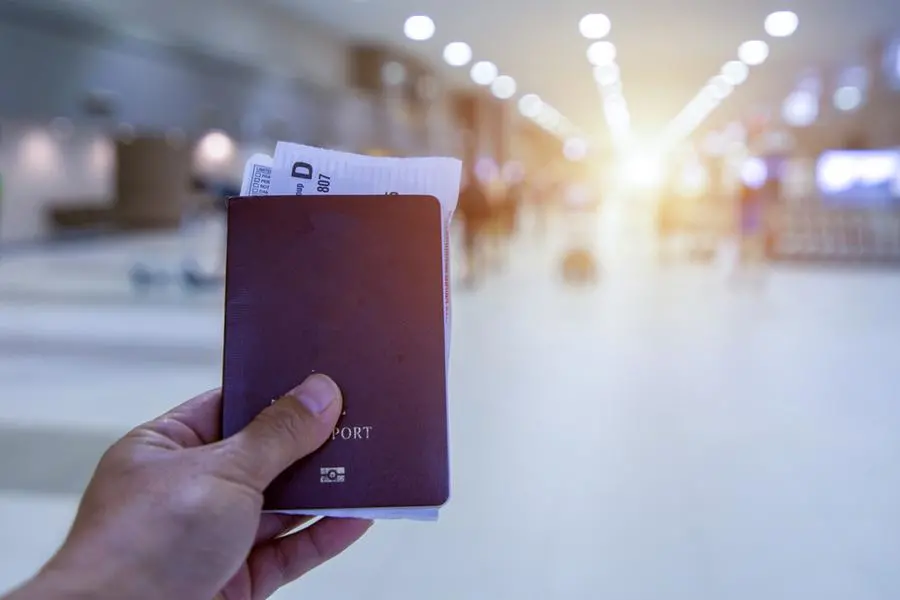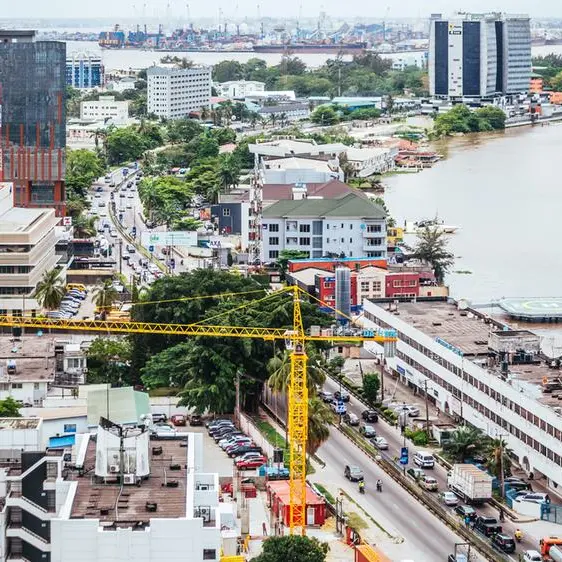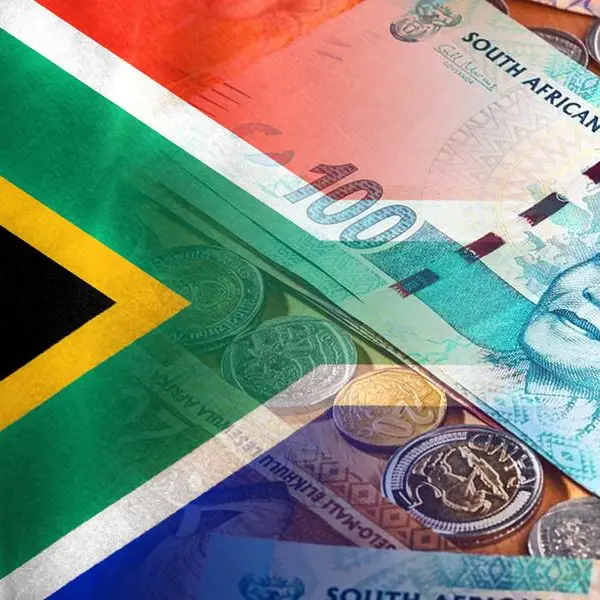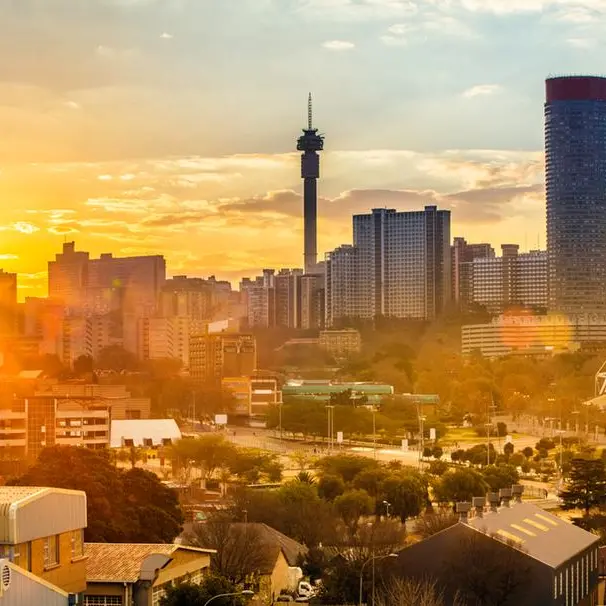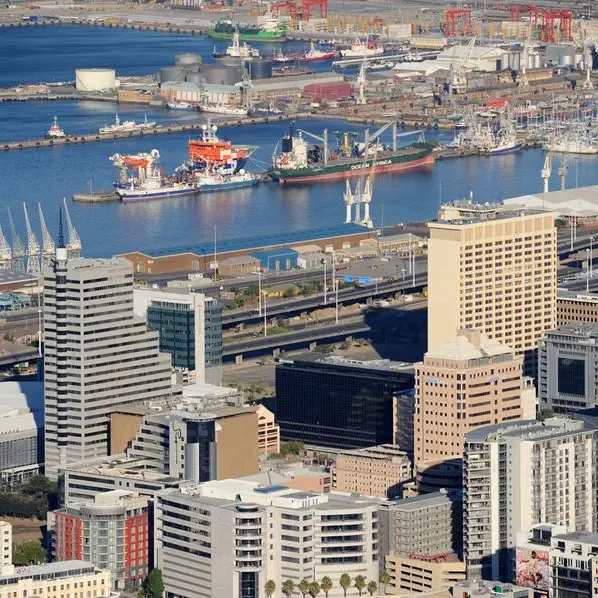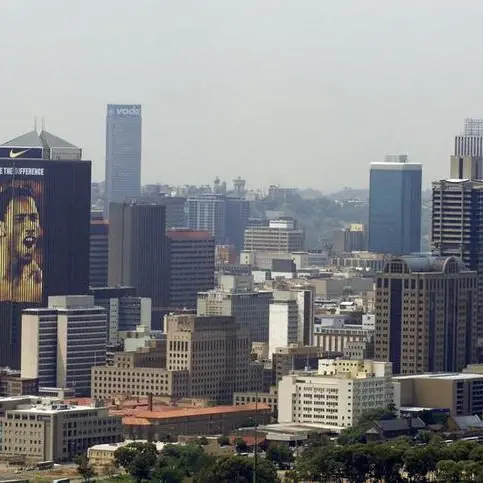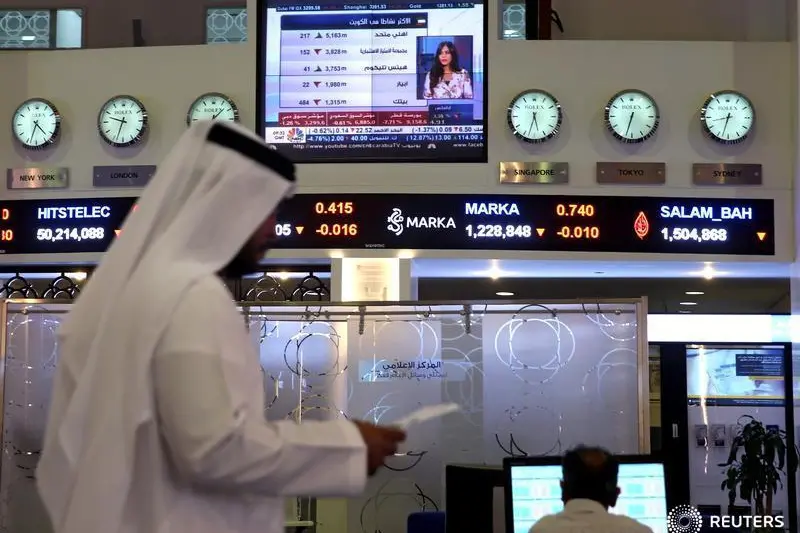PHOTO
Closeup of man hand holding passports and boarding pass at airport. Getty Images Image used for illustrative purpose.
Kenya’s visa waiver for all foreigners has been hailed as a bold move that other countries should embrace to spur liberalisation of the African airspace, with the ripple effect of increased travel, but industry experts caution that the sector still grapples with safety targets, Fifth Freedom controls and taxes, which are even a bigger impediments to lowering of ticket prices.“It shall no longer be necessary for any person from any corner of the globe to carry the burden of applying for a visa to come to Kenya,” said President William Ruto on December 12, 2023.
The visa waiver – effective January 2024 – is consistent with President Ruto’s call since he assumed Kenya’s presidency in September 2022, to other African leaders to remove impediments to free movement of people, to facilitate ease of travel and doing business on the continent.
The move by Kenya – and Rwanda which also dropped visa requirements for African travellers – is a boon for intra-Africa connectivity that aviation experts and reformers have been pushing for decades, to drive down the price of tickets.
Read: Ruto opens Kenya's doors to the world“Lifting of visa requirements by Rwanda and Kenya in the region should be lauded as a positive move towards reducing fares,” says Adikiny H. Olwenge, an air transport and aviation expert at the Common Market for Eastern and Southern Africa (Comesa).
Prohibitive taxesYet visa removal is just a scratch on the surface, with the bigger challenge remaining the failure to harmonise air navigation policies and waive the prohibitive taxes and charges per airline, which countries in the region are hesitant to undertake for fear that it could impact their revenue targets.“But higher tickets are due to taxes levied on passengers such as passenger service charge, departure tax, VAT, fuel levy, transit fees, etc. I can give you a breakdown of these charges per airline and you will be amazed,” Mr Olwenge said.
Because of tax, for instance, the airfare for a round trip on a domestic flight of one hour between Nairobi and Mombasa is $80, while the same flight duration between Nairobi and Entebbe will cost the traveller somewhere in the range of $400, because the passenger is crossing a border.
According to the Africa Airlines Association (Afraa), the average regional passenger departure taxes for each sub-region of the continent are $24.05 for North Africa, $39.97 for Southern Africa, $46.16 for Eastern Africa, $81.06 for Central Africa and $84.47 for West Africa.
On the other hand, taxes and fees paid by a passenger on international departure rise, averaging $26.27 for North Africa, $49.99 for Southern Africa, $47.85 for Eastern Africa, $93.74 for Central Africa and $94.59 for West Africa.
Read: Closed markets, high costs hurting Africa airlines moreBut Afraa puts the average amount of passenger paid taxes and fees in Africa at $64 and lists the most expensive airports as Niamey (West Africa) at $164.9, Brazzaville (Central Africa) at $132.8, Djibouti (Eastern Africa) at $84.3, Antananarivo (Southern Africa) at $93.3 and Cairo (North Africa) at $67.0.
Airlines from homogeneous blocs can eliminate these “borders” by liberalisation as the telecommunication industry did in 2014, when telecom operators agreed to pioneer the one network area in the East African Community, to cap call rates within the region, abolish high mobile roaming charges and surcharges on incoming international traffic from Kenya, Uganda, Tanzania, Rwanda and Burundi.
Mr Olwenge says the success of the one network area is instructive for the aviation industry noting that non-liberalisation of the regional sky is leading to higher air and freight fares.“Governments in the region have what it takes to lower charges to encourage their citizens to travel by air... But of importance is to draw a parallel with removal of tariffs in the use of cell phones in East Africa where the East African countries should look at domesticating air traffic within their borders,” he said.
In Europe, North America and other regions where liberalisation has been implemented, it has succeeded, with passengers charged $30.23 in Europe and $29.65 in the Middle East, despite the fact that traffic is much more significant in these regions, according to Afraa reports.
Read: African airlines to engage states on opening air spaceThe next big test for the operators is to attain the stringent industry standards commonly referred to as the Abuja Safety Targets (AST) in order to be granted the International Air Travel Association Operator Safety Audit (Iosa) certification, which qualifies them to fly to lucrative destinations.
For instance, despite demand to operate Entebbe-Heathrow route, Uganda Airlines remains barred from flying to the destination, as it awaits results of a safety audit by the UK Civil Aviation Authority on Entebbe International Airport.
The International Civil Aviation Organisation (Icao) working paper on strategic objectives on safety and air navigation capacity and efficiency, which periodically reviews implementation towards meeting the revised Abuja Safety and Air Navigation Targets, African members have not met any of the 16 broad goals.
In September 2023, the director-general of Uganda Civil Aviation Authority Fred Bamwesigye said that an Icao audit “has ranked us highly,” with 72.17 percent overall score, above the regional average of 55.66 percent for Eastern and Southern Africa regulators, and 67.68 percent as the global average.
Uganda did not perform well in accident investigations, where it scored 19 percent, Mr Bamwesigye said, and it remains unclear if this is an area of concern that could keep the carrier barred from such destinations as Heathrow.
As operators and regulators miss safety targets, the upshot is that Africa becomes a high-risk market, and this continues to push insurance premiums for airlines through the roof, which pushes the air fares in Africa higher than in Europe, Southeast Asia or North America on comparable distance, according to the African Civil Aviation Commission (AFCAC).
Read: High costs of air travel in Africa stifle tourismAviation outlookAfraa data shows that the average airport tax and fees forked out by a passenger in Africa is more than twice as expensive, compared with that paid by travellers in Europe, North America and the Middle East.
Only Rwanda, Ethiopia and Mozambique – out of 30 countries from eastern, southern and Indian Ocean regions – are closer to meeting these Abuja Safety Targets that qualifies them to fly to lucrative destinations. The fourth country closer to attaining the targets is Togo, in West Africa.
Under the present regime, only 21 percent of intra-Africa direct flights are operated under fifth freedom rights, according to Afdraa.
The SATSD programme, implemented in five blocs, has since 2020 been helping the region’s airlines and regulators meet the Abuja safety targets, as this will lower the air fare by reducing insurance premiums for air operators; right now, the insurance premiums are high because the safety standards in Africa are far below the global average.
Fifth freedomAfrican carriers look to continue recovery in 2024 by further reducing loss margins from $0.5 billion projected for 2023 to $0.4 billion projected for 2024, according to Iata.
The Afraa Secretary General Berthé Abderahmane says safety standards remain a priority for the continent’s operators.
In November 2023 during the Afraa conference in Kampala, Mr Abderahmane observed that there is a mismatch between the aspiration by airline operators to have a single African air transport market that is also championed by the African Union, and governments’ priorities, which complicates connectivity.
Read: African states urged to step up investments in tourismThese contradictions and missed targets on safety, according to the Afraa head, should be resolved at the summit of African airlines chief executives in Ethiopia in 2024, which should shape a safer future for African aviation.
Under the Yamoussoukro Decision, member states are expected to harmonise national laws and policies and use similar sets of regulations between themselves to control air transport and reduce barriers to fifth freedom of the air, to create more vibrant movement of persons and cargo across boundaries with zero restrictions.
Fifth freedom rights is industry jargon which means granting an airline right to carry revenue traffic between foreign countries as a part of services without requiring the operator start a route from the airline’s own country.
Currently fifth freedom is being practiced selectively between member states, but experts argue that it would be prudent for it to be applied within regional blocs for citizens to benefit fully as EAC residents are doing with the removal of telephone tariffs between Kenya, Uganda, Rwanda and South Sudan. © Copyright 2022 Nation Media Group. All Rights Reserved. Provided by SyndiGate Media Inc. (Syndigate.info).
